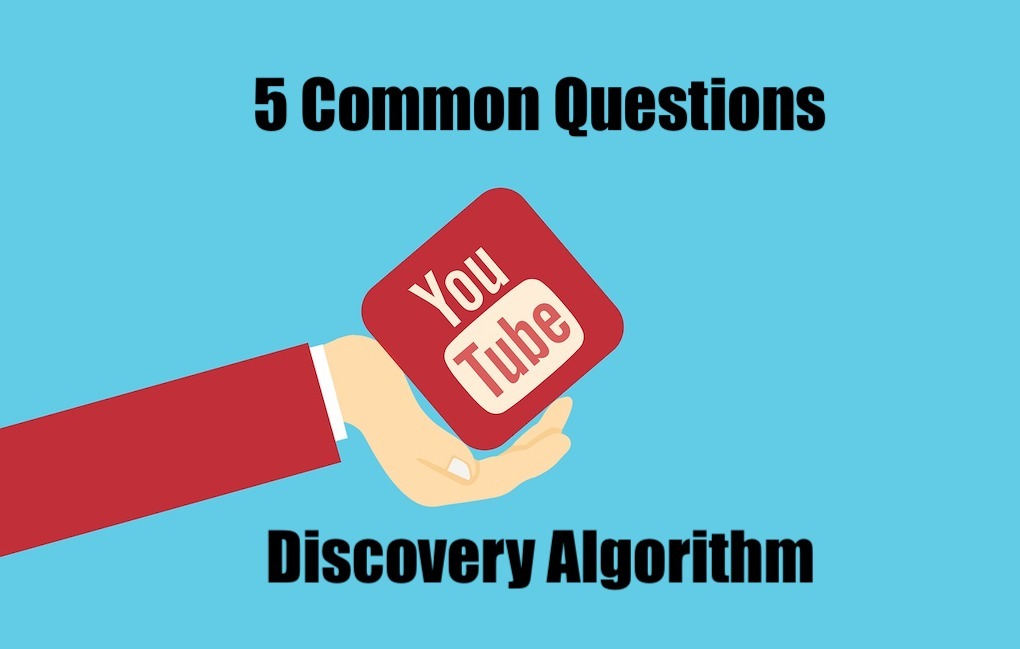YouTube Answers 5 Questions About How Its Discovery Algorithm Works

It doesn’t matter which social platform that you’re on, the one big you probably have question is, “How do other users discover my content?” Obviously, this is essential to building your audience and keeping your existing audience satiated. None of the social networks provide deep detail about their recommendation algorithms, but at least a few provide some answers to common questions. Thankfully, YouTube is more forthcoming with this info than other platforms, and it recently posted a video (below) regarding the 5 most common questions it receives about its discovery algorithm.
Here’s a brief synopsis of the questions and answers.
1. Does sharing your videos outside of YouTube help discovery on the platform?
Some users are afraid that sharing a YouTube video on other social platforms might diminish the discovery of their video because the viewers aren’t watching on the platform, but that doesn’t seem to be the case. According to the video, “If your videos are getting more traffic from external sources, like social media, it’s likely increasing your potential to be discovered by more viewers. Another benefit is that those viewers now have that video in their watch history, so there’s a higher likelihood that they may be recommended one of your other videos in the future.”
So the answers is that it really helps, so share away.
2. Why do people get recommendations for videos that might be 10 or 12 years old instead of new ones?
Basically, YouTube doesn’t care about the age of the video as much as the type of content it provides. That means that if you’re searching for something on a specific subject or artist or genre of music, and an older video might provide what you need, it’s going to serve it up as a recommendation. This is way different from other platforms, which emphasize new posts over old.
It also illustrates the point of having a large catalog, because you never know when a video from several years ago that wasn’t resonating with your audience might suddently get hot.
3. Is there a way for YouTube to highlight new creators?
YouTube is aware of this and recently rolled out its “New to You” tab that shows more channels outside of the regular viewer experience. This will allow the viewer to explore a list of videos that normally wouldn’t show up as a recommendation but still might be relevant to the user.
4. How important are tags for video discovery?
Tags are an important way to describe your video, but not a major contributor to the YouTube discovery algorithm, according to the video. The video goes on, “Tags are descriptive keywords you can add to your video to help viewers find your content. Your video’s title, thumbnail, and description are more important pieces of metadata for your video’s discovery. These main pieces of information help viewers decide which videos to watch.”
What that means is that you’re better off spending more time on honing the video title, description and thumbnail than trying to come up with the perfect tags.
5. Did YouTube recently change its algorithm?
All platforms constantly tweak their algorithms, but there’s usually not a major shift that isn’t announced. The reason why people see changes in user data is more because of the time of year than anything else. It seems that every year in the fall viewing habits change as schools go back in session. As a result, viewing is shifted to the weekends instead of the weekdays.
You can find the complete answers to how YouTube’s discovery algorithm works in the video below.
Also, to find out a lot more information about YouTube directly from its tech team on the Creator Insider Channel.


